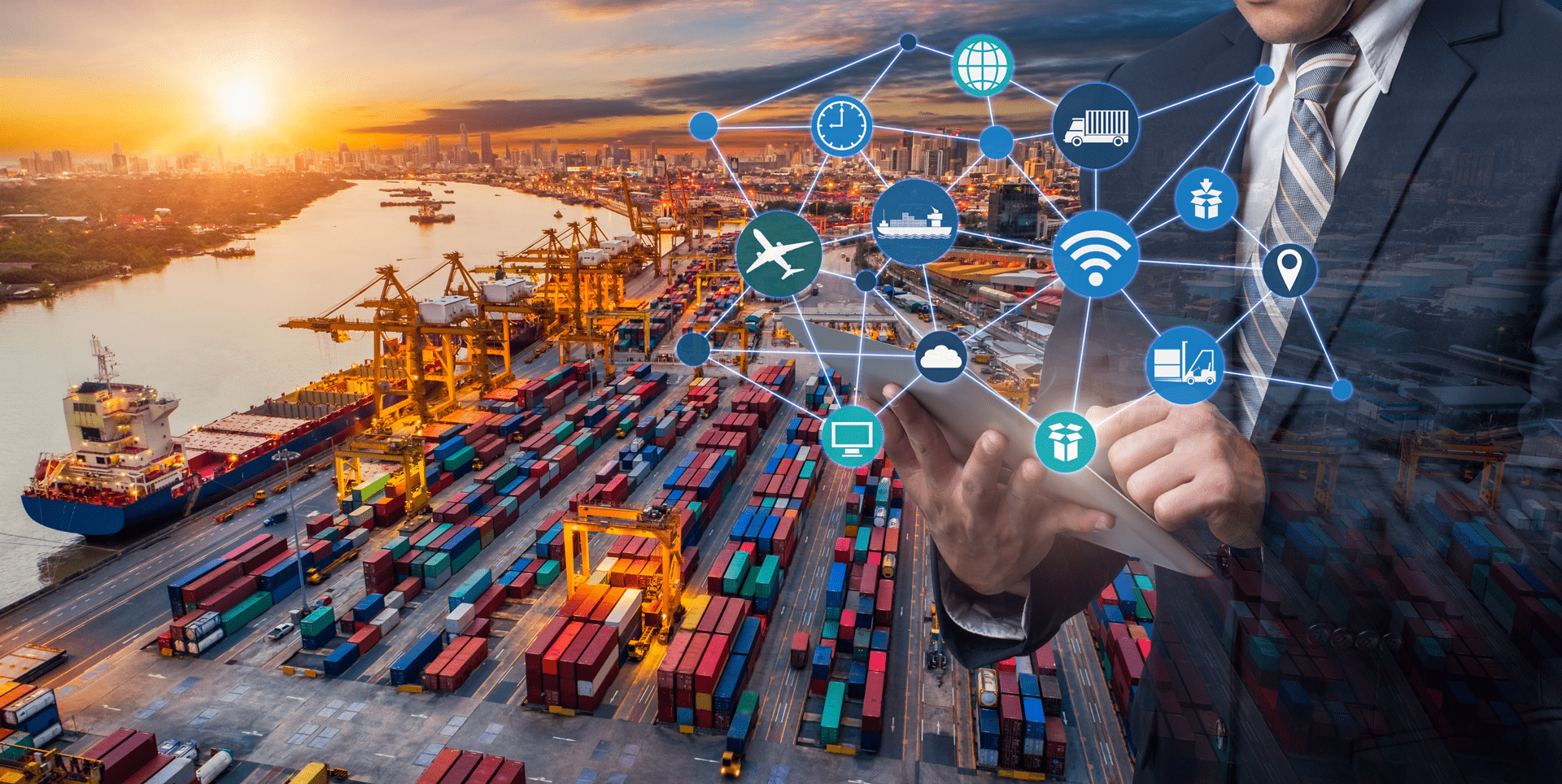Transitioning Vietnam’s ports to greener and smarter

The masterplan vision places emphasis on private investment to raise the $13.9 billion needed and forecasts a significant increase in cargo throughput. These ambitious targets demonstrate the government’s commitment to embracing new technologies, operations, and funding sources.
This commitment to new ways of working will be key as the industry also seeks to deliver against benchmark standards for green ports which are expected to be announced shortly. It’s intended that these benchmarks will lead to all seaports being “green” by 2030.
Engagement with and understanding of the entire maritime sector are essential to achieving these goals. With Vietnam’s 2,000km of coastline and 42,000km of inland waterways, there is no blanket approach that will suit the size, stage, and resources of each of the country’s 320 ports.
Common challenges for ports
Although there is no single solution, there are common challenges faced by ports around the globe. Understanding these is crucial as the government works to define benchmarks as part of its green ports’ strategy.Thanks to our international track record and strong presence in Vietnam, our experts were asked to co-host last year’s Smarter Port Transformation Conference with Vinamarine. This was the first conference of its kind and an opportunity to discuss the obstacles ports are facing both in current operations and as they begin to transition to being smarter or greener.
The challenges raised at the conference correlate with those we are supporting clients with around the world. These include difficulties integrating new technology and automation, traffic congestion, working with neighbouring communities, quantifying and reducing CO2 emissions, and planning for energy transition.
Covid-19 has exacerbated many of these, highlighting the need to improve resilience within port infrastructure whilst increasing pressure on ports due to increased demand, staff shortages and rising prices.
Naturally there is also regional nuance. A thorough understanding of the local environmental, economic, and political context is essential to successfully delivering solutions. We’ve been operating in Vietnam for over 30 years and our in-country team of around 200 includes 50 port specialists so we are well placed to translate our global experience into local solutions.
Five key focus points
It’s promising to see so many smart and green themes emerging within initiatives such as the 2020 Ministry of Transport Masterplan and plans for Haiphong Green Port City. The promised USD 12.8 billion to USD 13.7 billion of investment in infrastructure will support and accelerate the port sector’s transition.Knowing where to start is the hardest part of any major transition. It’s important for ports to recognise that they don’t have to do everything straight away. Below we’ve outlined five of the best starting points.
Supply chain integration
Improved alignment of transportation will improve efficiency and reduce congestion. Timeslot booking for trucks, scheduling systems for barge loading and digitised processes will allow real-time supply chain interaction.Nationally, data sharing with a port community system and maritime single window will improve information transfer between cargo owners, transport providers, ports and regulatory authorities. This will minimise the administrative burden on port customers and improve efficiency, congestion, payment speed, transparency and cash flow.
Opportunities to implement automation
Transitioning to full automation can seem like a huge leap particularly for operational brownfield sites with legacy infrastructure or for ports handling non-containerised cargo. Starting small and achievable is key – it doesn’t have to be done all at once.Initial processes that can be automated:
- Gate checks using optical character recognition (OCR), Radio Frequency Identification (RFID) or automated weighbridges
- Online digital services for commercial invoicing calculations or payments
- Tools to reduce manual data input, such as chat bot timesheet entry or digitising cargo manifests
Harness enabling technologies
Thanks to the government’s heavy investment in 5G technology, ports have the potential to leapfrog several development phases and secure faster, more reliable bandwidth.5G is an enabler of many other technologies such as sensors, trackers, video feeds and remote-control equipment. Embracing this technology early will also start contributing to the volume of data collected and the associated improvements that can be realised with artificial intelligence and machine learning. This can support decision making and optimisation of functions such as maintenance, safety management and equipment use.
Energy transition
The “path to net zero” is heard a lot. An essential first step for ports in Vietnam is to undertake a baseline assessment of port-related emissions. From here a strategic plan can be developed to enable a staged transition to Net Zero that aligns with established port programmes e.g. equipment procurement schedules.The strategic plan is likely to involve a combination of solutions from electrification of equipment, transition to alternative fuels, implementation of energy optimisation solutions and investment in renewable energy generation.
Energy transition can also introduce new revenue streams. Ports have the potential to capitalise on alternative energy imports and to act as support bases for offshore wind developments.
Climate change adaptation
Vietnam is at high disaster risk, the country is particularly vulnerable to flooding – riverine, coastal and flash, and tropical cyclones. The threat to ports from extreme climate events and changes is substantial. A 2018 Asia Research and Engagement report analysed the risks to 53 of the region’s largest ports and estimated climate adaptation costs of $31-$49 billion.
To take steps to mitigate for these risks, port operators in Vietnam must undertake climate risk and vulnerability assessments. These will inform decisions regarding pre-emptive adaption measures.
The challenges facing Vietnam’s port sector are huge, expectations around the seaport masterplan, net zero commitments and the green ports pathway all represent action that port operators must begin immediately to fulfil the demands. These driving factors also create substantial opportunities. Ports which grasp the opportunity to start making the changes and embedding digital and smart technology will be on the leading edge as the entire sector enters a phase of rapid progress.
